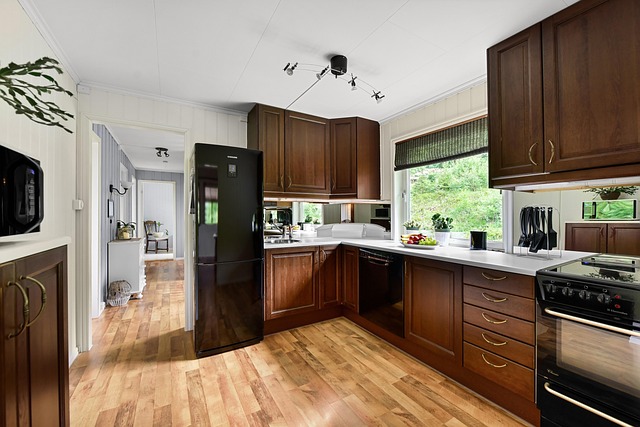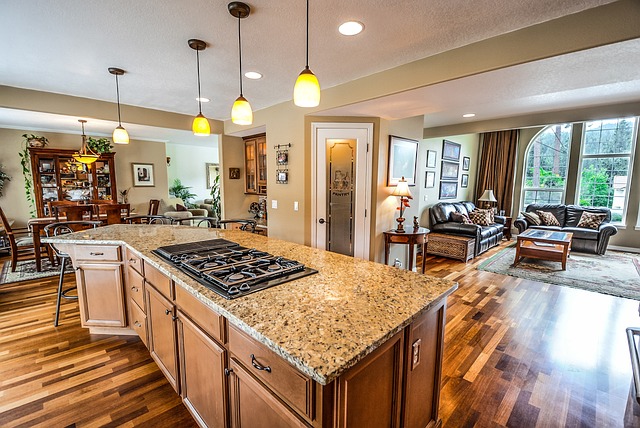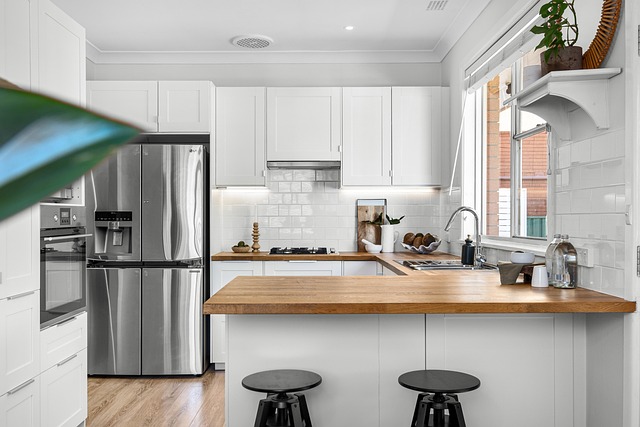Vertical gardens revolutionize minimalist outdoor decor by harnessing vertical space for lush greenery, enhancing aesthetics and air quality without sacrificing floor area. Utilizing repurposed containers, hanging planters or custom frames with succulents, herbs or trailing vines, these gardens offer an accessible way to bring nature indoors while prioritizing clean lines and style. They merge functionality with environmental consciousness, aligning with sustainable living trends, and provide a vibrant contrast to minimalist designs.
Embrace greenery without sacrificing floor space with vertical gardens, a sleek and innovative solution for minimalists seeking to enhance their outdoor areas. This article delves into the world of vertical gardening, exploring its numerous benefits and offering practical tips for installation and design. Discover how to seamlessly integrate these green marvels into your minimalist outdoor decor, creating a harmonious blend of aesthetics and sustainability.
- Understanding Vertical Gardens: A Minimalist Approach to Outdoor Greenery
- Benefits of Implementing Vertical Garden Designs
- Creating Your Own Vertical Garden: Materials and Installation Tips
- Stylish Ideas for Incorporating Vertical Gardens into Your Minimalist Outdoor Decor
Understanding Vertical Gardens: A Minimalist Approach to Outdoor Greenery

Vertical gardens are a revolutionary concept in minimalist outdoor decor, offering a unique way to bring nature into urban spaces without sacrificing floor area. This innovative approach allows for the creation of lush green oases in even the smallest of exteriors, be it a balcony, courtyard, or rooftop. By utilizing vertical space, these gardens provide an aesthetic and functional solution for those seeking to enhance their outdoor environment while minimizing traditional landscaping requirements.
The essence of vertical gardening lies in its space-saving design, where plants are carefully selected and arranged to grow vertically on walls, fences, or dedicated structures. This method not only conserves precious floor real estate but also adds a touch of greenery that can transform any exterior into a serene oasis. With the right combination of plants and creative placement, vertical gardens can create a calming atmosphere, improve air quality, and provide a vibrant contrast to minimalist outdoor decor, all while maintaining a compact footprint.
Benefits of Implementing Vertical Garden Designs

Vertical gardens offer a unique and innovative approach to incorporating greenery into spaces where traditional landscaping might be limited, such as small balconies or urban rooftops. This design trend is not just aesthetically pleasing; it comes with several advantages. For instance, by utilizing vertical space, these gardens allow for a significant increase in green areas without the need to expand horizontally, making them ideal for minimalist outdoor decor enthusiasts who seek to maximize their living spaces.
One of the key benefits is their environmental impact. Plants act as natural air filters, removing pollutants and improving indoor air quality, which is especially valuable in urban environments where air quality can be a concern. Additionally, vertical gardens contribute to energy efficiency by providing insulation and reducing the need for excessive cooling or heating. This eco-friendly aspect aligns perfectly with the growing trend towards sustainable living and minimalist outdoor decor that focuses on both functionality and environmental consciousness.
Creating Your Own Vertical Garden: Materials and Installation Tips

Creating your own vertical garden is an accessible way to bring nature indoors or enhance your outdoor space with minimal floor impact. Start by selecting suitable materials; options include repurposed containers, hanging planters, or custom-built frames. Choose plants that thrive in vertical settings like succulents, herbs, or trailing vines for a vibrant display.
During installation, ensure proper drainage by adding holes to pots and using a soilless medium that retains moisture effectively. Secure the structure to a sturdy wall or fence, considering weight capacity. For an added aesthetic touch, incorporate LED lights or natural elements like wood accents in your design. Aim for a minimalist outdoor decor look with clean lines and thoughtful selection of plants to create a visually appealing vertical garden.
Stylish Ideas for Incorporating Vertical Gardens into Your Minimalist Outdoor Decor

Bring nature indoors—or more precisely, bring it up and out! Vertical gardens are a stylish and innovative way to incorporate greenery into your minimalist outdoor decor without sacrificing precious floor space. Imagine sleek metal frameworks adorned with lush plants cascading down like a modern artwork, or hanging planters that create an enchanting atmosphere in any corner of your patio. These vertical solutions not only add aesthetic value but also purify the air, making them perfect for those seeking to enhance their outdoor oasis.
For a truly minimalist touch, opt for low-maintenance plants and clean lines. Integrate these gardens seamlessly into your existing décor by matching materials and colors, or let them stand as a bold statement piece. Whether you choose an upright design or a hanging arrangement, vertical gardens offer endless possibilities to blend greenery with contemporary style, ensuring your outdoor space remains both serene and visually appealing.
Vertical gardens offer a creative solution for those seeking to embrace greenery in minimal spaces. By harnessing this innovative design approach, you can transform any wall or corner into a vibrant oasis without sacrificing floor area. Incorporating vertical gardens into your minimalist outdoor decor not only adds aesthetic appeal but also provides numerous benefits, from improved air quality to enhanced privacy. With the right materials and installation tips, creating your own vertical garden is an accessible project that promises to beautify and enrich your outdoor environment.
